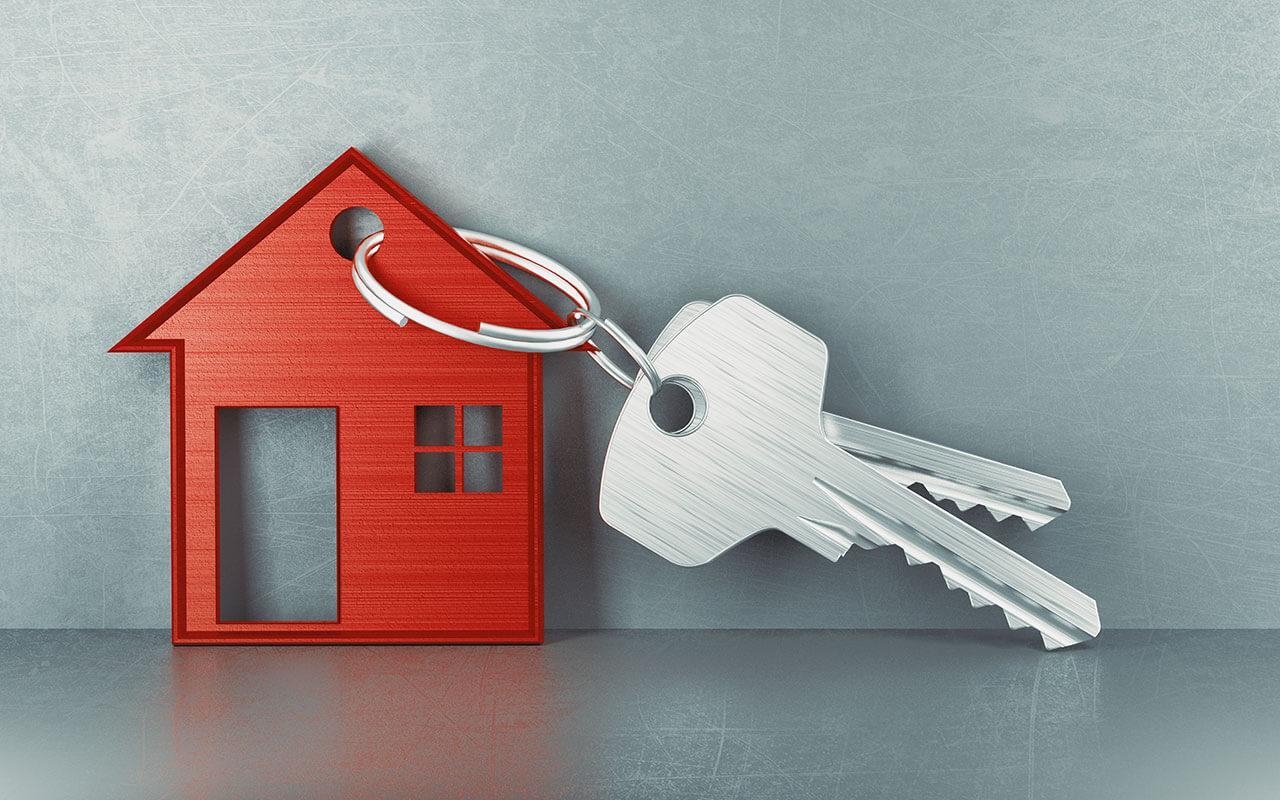Owning a home is an incredible achievement, but the process doesn’t end once you’ve closed the deal. As a new homeowner, it’s essential to have a thorough understanding of how to obtain the deed to your property. From navigating legal complexities to ensuring proper documentation, the process can seem overwhelming. However, fear not, as we’ve compiled a comprehensive guide to empower you with the knowledge and resources needed to secure the deed to your beloved abode. Let’s delve into demystifying the steps to claiming ownership of your home.
Obtaining the Deed to Your House
Congratulations on purchasing your dream house! Now, the next step is obtaining the deed to your new property. The deed is a legal document that proves you are the rightful owner of the house. Here are some key points to help you understand the deed to your house.
After the closing of the sale, you will typically receive the deed. This occurs when all necessary documents are signed, and the transfer of ownership is complete. The deed will be officially recorded with the county clerk’s office, documenting you as the owner of the property.
Once you have the deed in hand, be sure to keep it in a secure location, such as a fireproof safe or a safety deposit box. It’s important to have easy access to it for various reasons, such as refinancing, selling the property, or inheritance purposes. Making copies and storing them in different locations can provide added security.
Steps to Obtain a Copy of Your Deed
To request a copy of your deed, follow these simple steps:
- Visit the county recorder’s office website where your property is located and look for the section on deed records or property information.
- Search for your property by entering your address or parcel number and locate the option to request a copy of the deed.
- Fill out the online form with your contact information and payment details, as there may be a small fee for the copy of your deed.
- Submit your request and wait for the county recorder’s office to process it. You will then receive a copy of your deed via mail or email.
By following these steps, you can easily obtain a copy of the deed to your house for future reference.
Common Challenges When Obtaining a Deed
When seeking to obtain the deed to your house, several common issues may arise throughout the process. It is important to be aware of these potential challenges in order to navigate them effectively.
One common issue is the presence of a lien on the property. A lien is a legal claim against the property for the payment of a debt and can prevent the transfer of ownership until the debt is settled. It is crucial to address any outstanding liens before attempting to obtain the deed.
Another issue that may arise is errors or discrepancies in the deed itself, such as incorrect property boundaries or misspelled names. These inaccuracies must be corrected before the deed can be transferred. It is crucial to carefully review the deed and address any errors promptly.
Tips for Protecting Your Property Deed
- Keep your deed in a safe place: Store your property deed in a secure location and keep a copy in a separate location as a backup.
- Make copies: It’s a good idea to make multiple copies of your property deed and store them in different locations for added security.
- Consider a title insurance policy: Title insurance can provide protection against fraud, forgery, and other issues that could affect your property deed. It’s a good idea to consider purchasing a title insurance policy to safeguard your investment.
- Data Backup: Keep digital copies of your property deed on a secure external hard drive or cloud storage.
- Important Documents: Make sure to also keep important documents related to your property, such as mortgage papers and insurance policies, in a safe place.
In conclusion, obtaining the deed to your house is a crucial step in establishing legal ownership and securing your property rights. By following the necessary steps outlined in this article, you can navigate the process with confidence and ensure that your home is officially in your name. Remember, obtaining the deed is not just a formality – it is a way to protect your investment and secure your future. Take the necessary steps, complete the paperwork, and enjoy the peace of mind that comes with knowing that your house truly belongs to you.

The Dream of Homeownership
For many people, owning a home is a significant milestone and a long-held dream. It is a place to call your own, a sanctuary where you can create memories, raise a family, and build a future. However, the path to homeownership can be complex and daunting, especially when it comes to securing the legal ownership of your house – the deed.
What is a Deed?
A deed is a legal document that serves as proof of ownership for a property. It is a crucial piece of the puzzle in the homeownership process, as it officially transfers the title from the seller to the buyer. There are several types of deeds, each with its own implications and requirements:
- Warranty Deed: Provides the highest level of protection for the buyer, guaranteeing that the seller owns the property free and clear.
- Quitclaim Deed: Transfers the seller’s interest in the property to the buyer, but does not guarantee that the seller actually owns the property.
- Grant Deed: Offers some level of protection to the buyer, but less than a warranty deed.
The Steps to Securing the Deed
Here are the essential steps to securing the deed to your house:
- Complete the Purchase Agreement: This is the initial contract between the buyer and the seller, outlining the terms of the sale.
- Perform Due Diligence: Conduct a thorough inspection of the property to uncover any issues that could affect the sale.
- Secure Financing: Obtain a mortgage or other financing to pay for the property.
- Close the Sale: Sign the final paperwork and transfer the funds to complete the purchase.
- Record the Deed: File the deed with the appropriate government office to officially transfer ownership.
Benefits of Homeownership
There are numerous benefits to owning a home, including:
- Building equity over time
- Stability and security
- Tax benefits
- Creative freedom to personalize your home
- Pride of ownership
Practical Tips for Homebuyers
Here are some practical tips for prospective homebuyers:
- Get pre-approved for a mortgage before starting your search
- Work with a trusted real estate agent
- Don’t skip the home inspection
- Understand the terms of the sale agreement
Case Studies
Looking at real-life examples can help illustrate the process of securing the deed to a house. Here are two case studies:
Case Study 1: The Smith Family
| Name | Step | Outcome |
|---|---|---|
| John & Jane Smith | Securing Financing | Obtained a mortgage with a favorable interest rate |
| John & Jane Smith | Record the Deed | Filed the deed and officially became homeowners |
Case Study 2: The Patel Family
| Name | Step | Outcome |
|---|---|---|
| Raj & Priya Patel | Complete the Purchase Agreement | Negotiated a lower price with the seller |
| Raj & Priya Patel | Close the Sale | Transferred funds and received the keys to their new home |
Firsthand Experience
Securing the deed to your house is a momentous occasion that marks the beginning of your homeownership journey. By following the necessary steps, working with experienced professionals, and staying informed throughout the process, you can achieve your dream of owning a home and unlocking the key to a brighter future.


